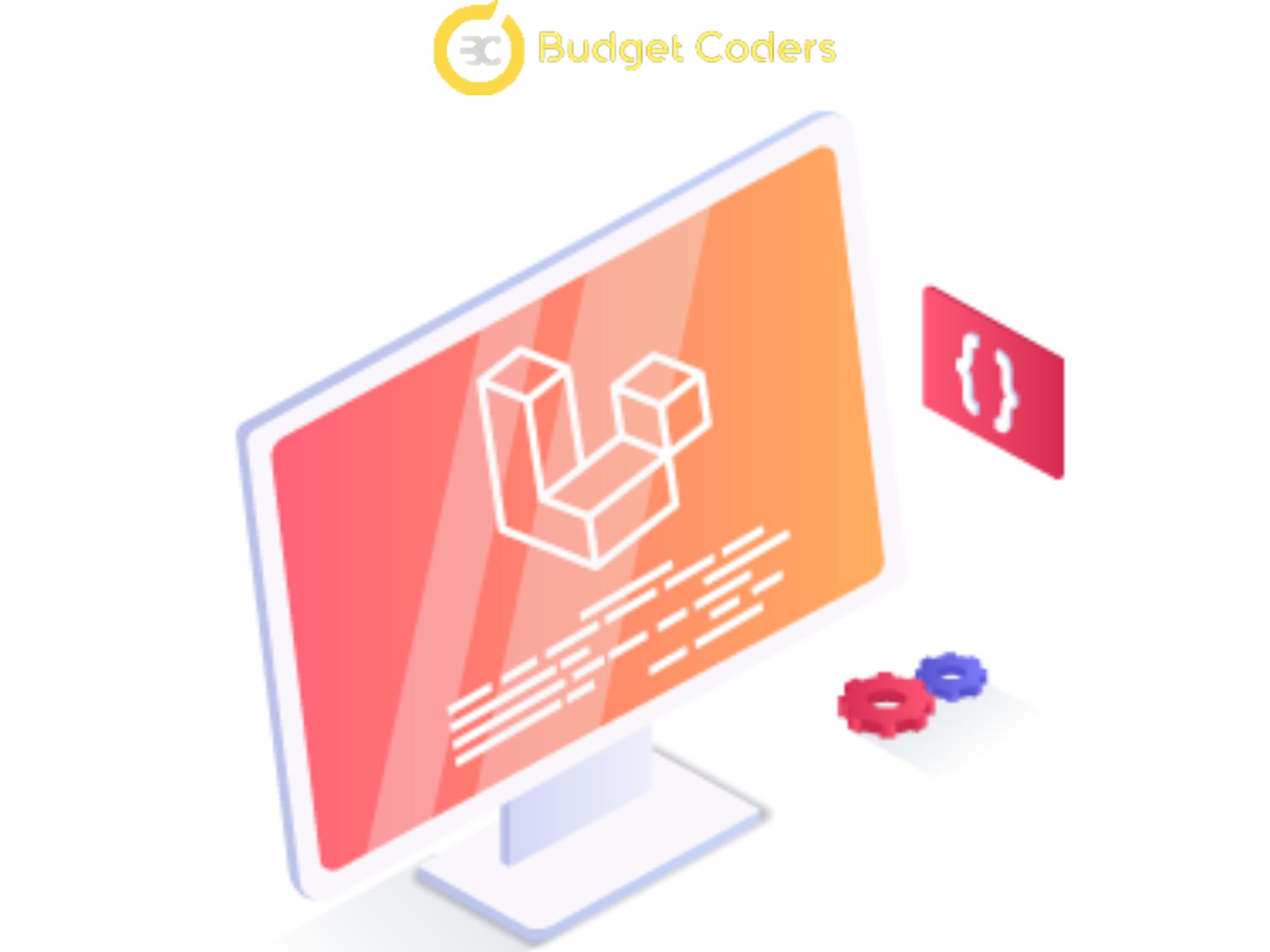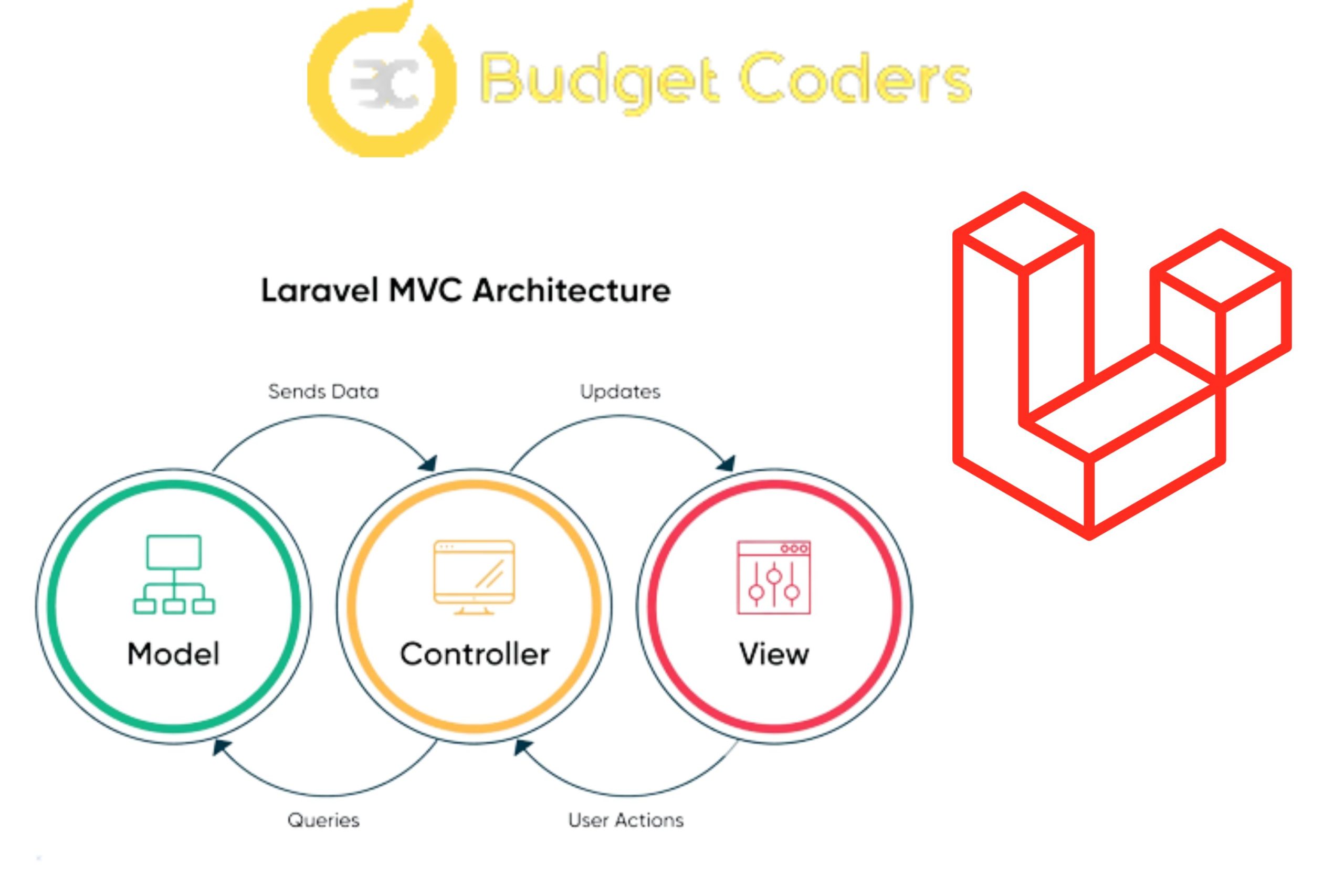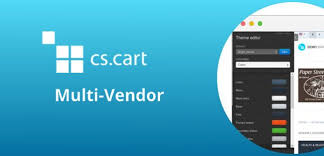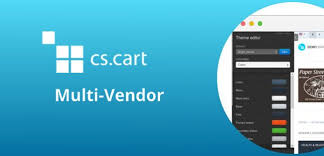 Are you looking for a reliable, efficient and powerful web application framework to build your website with? Look no further than Laravel PHP MVC! In this article, we explore the power behind this amazing framework and how it can be used to create highly functional websites. Find out why you should use Laravel and how its Model-View-Controller (MVC) architecture works!
Are you looking for a reliable, efficient and powerful web application framework to build your website with? Look no further than Laravel PHP MVC! In this article, we explore the power behind this amazing framework and how it can be used to create highly functional websites. Find out why you should use Laravel and how its Model-View-Controller (MVC) architecture works!
Introduction to Laravel PHP MVC
Laravel is a free, open-source PHP web framework, created by Taylor Otwell and intended for the development of web applications following the model–view–controller (MVC) architectural pattern. Laravel is considered to be one of the most popular PHP frameworks available.
Laravel offers an expressive, elegant syntax that helps make you productive very quickly. It handles all of the tedious work of configuration that you don’t want to deal with, and makes common tasks like authentication, routing, sessions, and caching much simpler. Laravel aims to take the pain out of development by easing common tasks used in many web projects.
Laravel offers a robust set of features that we believe can significantly improve the workflow of any developer working on a web application. To get started with Laravel all you need is a text editor and a web server. Laravel ships with several different options for configuring your environment; however, for this article we will use Homestead Improved which provides us with everything we need out-of-the-box:
- A preconfigured virtual machine running Ubuntu 16.04 LTS or higher;
- PHP 7.1 or higher;
- Nginx 1.13 or higher;
- MySQL 5.7 or higher;
- PostgreSQL 9.6 or higher;
- MongoDB 3.4 or higher;
The Benefits of Using Laravel PHP MVC
Laravel PHP MVC is a powerful framework for developing web applications. It is fast, reliable, and easy to use. In addition, Laravel provides many features that make it an ideal choice for web development.
Some of the benefits of using Laravel PHP MVC include:
- Fast and reliable: Laravel is built on top of the Symfony HTTP Kernel and provides a robust set of tools for building large scale web applications.
- Easy to use: Laravel makes it easy to get started with PHP development by providing intuitive syntax and extensive documentation.
- MVC architecture: Laravel follows the Model-View-Controller architectural pattern, which results in more maintainable and scalable code.
- Built-in libraries: Laravel comes with a number of built-in libraries that make common tasks easier, such as authentication, routing, and querying databases.
If you’re looking for a powerful PHP framework that is fast, reliable, and easy to use, then Laravel PHP MVC is a great choice.
Understanding the Model, View and Controller Architecture (MVC)
MVC is an architectural pattern that separates an application into three main logical components: the model, the view, and the controller. Each of these components are built to handle specific development aspects of an application.
The Model component corresponds to all the data-related logic that a particular application needs to perform. This can include functions such as accessing and manipulating data from a database, validating user input, or any other business logic related to data.
The View component is responsible for displaying the data that is stored in the Model component to the user. This can be done through HTML templates, XML files, or any other format that is suitable for displaying data.
The Controller component acts as an intermediary between the Model and View components. It contains the logic that is needed to manipulate the data in the Model component and update the View component accordingly. This includes retrieving data from user input, validating it, calling appropriate functions in the Model component, and then passing updated data back to the View component.
How to Get Started with Laravel PHP MVC
If you’re a PHP developer looking for a more robust and powerful framework to work with, Laravel is definitely worth checking out. In this article, we’ll give you a brief introduction to Laravel and its key features, as well as show you how to get started with using it for your next project.
Laravel is a free, open-source PHP web application framework created by Taylor Otwell and intended for the development of web applications following the model–view–controller (MVC) architectural pattern. Some of its notable features include:
- A modular packaging system with a dedicated dependency manager.
- An expressive database query builder and ORM.
- Support for multiple back-ends including MySQL, PostgreSQL, and MongoDB.
- Blade templating engine.
Getting started with Laravel is quick and easy thanks to its comprehensive documentation. In addition, there are numerous resources available online from the Laravel community that can help you learn the framework and get up to speed quickly.
Tips for Working with Laravel PHP MVC
Laravel is a PHP web application framework with expressive, elegant syntax. It is designed for web artisans who want to create amazing applications with the power of PHP.
Laravel makes it easy to build modern, powerful web applications. It comes with an amazing toolkit that includes everything you need to get started:
- A robust routing system that makes it easy to define routes and controllers
- A powerful ORM that lets you map your database data to objects
- A templating engine that makes it easy to create beautiful views
- An integrated testing framework that makes it easy to write and run tests
- A command line interface that makes it easy to use Laravel’s many features from the comfort of your terminal
If you’re new to Laravel, or PHP frameworks in general, here are some tips to help you get started:
- Read the documentation: The Laravel documentation is fantastic and covers everything you need to know about the framework. Make sure you take the time to read through it so you know what’s possible.
- Use the Laracasts video tutorials: Laracasts is a great resource for learning how to use Laravel. The video tutorials are well produced and walk you through everything from installation to advanced topics like authentication and caching.
- Get involved in the community: The Laravel community is very friendly and welcoming. There are numerous ways to get involved, including attending meetups, joining forums.
Examples of Projects Built With Laravel PHP MVC
Laravel is a popular PHP MVC framework for building web applications. It provides an expressive and elegant syntax that helps you write clean and maintainable code. Laravel also comes with a variety of tools to help you build your application quickly and efficiently.
In this article, we’ll take a look at some of the projects that have been built with Laravel. We’ll see how they leverage the power of the Laravel framework to create amazing applications.
Some of the examples of projects built with Laravel are:
- E-Commerce Application: Laravel has been used to build many successful e-commerce applications. It provides all the features and functionality required for building a robust e-commerce platform. Some of the popular e-commerce platforms built with Laravel are Shopify, Magento, and WooCommerce.
- Content Management System (CMS): WordPress is one of the most popular content management systems in the world. It powers millions of websites and blogs around the globe. WordPress started as a simple blogging platform but has now evolved into a full-fledged CMS thanks to its extensibility. Laravel has been used to build many successful WordPress plugins and themes.
- Forum or Community Platform: phpBB is one of the most popular forum software solutions available today. It is written in PHP and powered by the MySQL database backend. Many large forums and communities are powered by phpBB includingphpBBHacks, StackExchange.
Alternatives to Laravel PHP MVC
There are many alternatives to Laravel PHP MVC, but not all of them are created equal. Some of the most popular alternatives include Ruby on Rails, Express.js, and CakePHP. Each of these frameworks has its own strengths and weaknesses, so it’s important to choose the one that’s right for your project.
Ruby on Rails is a popular choice for web applications that need to be built quickly. It’s easy to learn and has a large community of developers who can help you out if you get stuck. However, Ruby on Rails can be slow compared to other frameworks, and it doesn’t have as many features as Laravel.
Express.js is a great choice if you need a lightweight framework that’s easy to use. It’s fast and doesn’t require a lot of configuration, but it doesn’t have as many features as Laravel or Ruby on Rails.
CakePHP is another popular PHP framework that’s similar to Laravel in terms of features and ease of use. However, CakePHP uses an older version of the PHP language, which can make it difficult to work with newer libraries and components.
FAQs
Q. Is Laravel a programming language?
Laravel is not a programming language. It’s a framework and the language of choice in this framework is PHP. You must first learn PHP before you can learn Laravel.
Q. Does Laravel support Bootstrap?
Yes, Laravel supports the Bootstrap CSS framework.
Q. How can you check the installed Laravel version of a project.
You can easily check the installed Laravel version of a project by visiting the root directory of your project and checking the composer.json file. In this file you should find an entry like “laravel/framework”: “x.x.x” which tells you the exact version installed. Alternatively, if you are using the Laravel CLI, you can just run php artisan –version to get the version displayed in your terminal window.
Q. What are bundles in Laravel?
Bundles are used to increase the functionality of Laravel. In Laravel, bundles are popularly known as packages. It contains configuration, routes, migrations, views, etc.
Q. What are the available router methods in Laravel?
– Route::get($uri, $callback);
– Route::post($uri, $callback);
– Route::put($uri, $callback);
– Route::patch($uri, $callback);
– Route::delete($uri, $callback);
– Route::options($uri, $callback);



